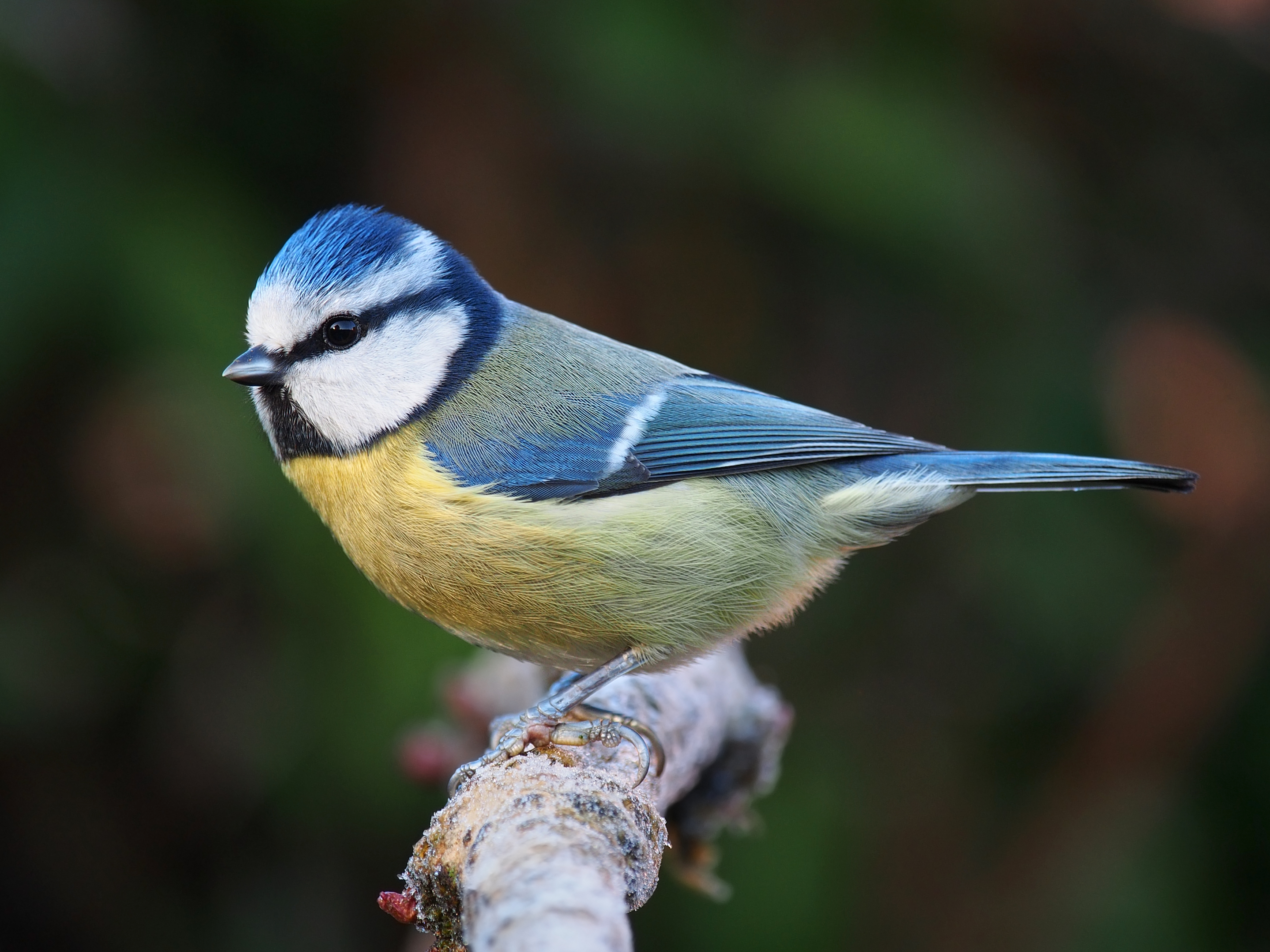|
Hymenachne Amplexicaulis
''Hymenachne amplexicaulis'', also known as West Indian marsh grass in the US, Olive hymenachne in Australia, and hereafter referred to as hymenachne, is New World species in the genus ''Hymenachne''. Hymenachne is from the Greek ''hymen'' meaning "membrane" and ''achne'' meaning "chaff, glume, scale" and amplexicaulis is from Latin, literally "embracing the stem" or "stem-clasping. This freshwater species is native to the tropical and subtropical regions of the West Indies, Northern South America, and Central America. Biology Hymenachne is a perennial grass that primarily reproduces via stolons.Csurhes, S.M., Mackay, A.P. and Fitzsimmons, L. (1999). Hymenachne (Hymenachne amplexicaulis) in Queensland (Department of Natural Resources, Brisbane, Australia). This robust species is commonly found growing 1-2.5m tall. The stems are hairless and float prostrate across the top of the water, then grow upright from these bases to support leaves. The flat, triangular leaves (10–45 ... [...More Info...] [...Related Items...] OR: [Wikipedia] [Google] [Baidu] |
|
 |
Species
In biology, a species is the basic unit of Taxonomy (biology), classification and a taxonomic rank of an organism, as well as a unit of biodiversity. A species is often defined as the largest group of organisms in which any two individuals of the appropriate sexes or mating types can reproduction, produce Fertility, fertile offspring, typically by sexual reproduction. Other ways of defining species include their karyotype, DNA sequence, morphology (biology), morphology, behaviour or ecological niche. In addition, paleontologists use the concept of the chronospecies since fossil reproduction cannot be examined. The most recent rigorous estimate for the total number of species of eukaryotes is between 8 and 8.7 million. However, only about 14% of these had been described by 2011. All species (except viruses) are given a binomial nomenclature, two-part name, a "binomial". The first part of a binomial is the genus to which the species belongs. The second part is called the specifi ... [...More Info...] [...Related Items...] OR: [Wikipedia] [Google] [Baidu] |
 |
Genus
Genus ( plural genera ) is a taxonomic rank used in the biological classification of living and fossil organisms as well as viruses. In the hierarchy of biological classification, genus comes above species and below family. In binomial nomenclature, the genus name forms the first part of the binomial species name for each species within the genus. :E.g. '' Panthera leo'' (lion) and '' Panthera onca'' (jaguar) are two species within the genus ''Panthera''. ''Panthera'' is a genus within the family Felidae. The composition of a genus is determined by taxonomists. The standards for genus classification are not strictly codified, so different authorities often produce different classifications for genera. There are some general practices used, however, including the idea that a newly defined genus should fulfill these three criteria to be descriptively useful: # monophyly – all descendants of an ancestral taxon are grouped together (i.e. phylogenetic analysis should c ... [...More Info...] [...Related Items...] OR: [Wikipedia] [Google] [Baidu] |
|
Hymenachne
''Hymenachne'' is a genus of widespread wetlands plants that is in the grass family. They may be known commonly as marsh grasses. They are distributed in tropical and subtropical regions of Asia, the Americas, and the Pacific Islands.Clarkson, J. R., et al. (2011)A report of hybridisation in ''Hymenachne'' (Poaceae, Panicoideae) with description of ''Hymenachne'' × ''calamitosa'', a new species of hybrid origin from tropical Australia. ''Telopea'' 13(1-2), 105-14. A species from the Americas, ''H. amplexicaulis'', is well known in other parts of the world as an introduced and invasive species. ''Hymenachne'' is similar to genus '' Sacciolepis''. Both were formerly considered part of ''Panicum''.''Hymenachne''. Flora of China. ''Hymenachne'' |